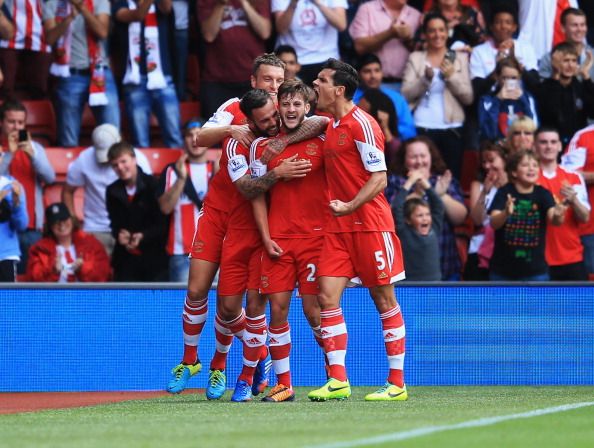
From bust to boom, Southampton reap benefits of calculated risks
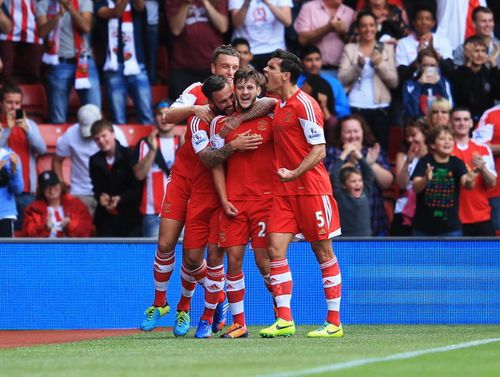
Many were befuddled and many more angered when Southampton released an official statement in January this year, confirming that manager Nigel Adkins had been sacked from his job with immediate effect.
And understandably so, given the timing of the decision. Despite walking the relegation tightrope in 15th place during January in what was their first season back in the big time, they were on a five-game unbeaten run in the Premier League. Adkins had just engineered a brilliant comeback to earn a draw against Chelsea at Stamford Bridge after they were down 2-0 in the first half.
Couple that with an away win against Aston Villa and a draw against Arsenal, as well as the club’s two consecutive promotions that propelled them from League One to the Premier League, and it was easy to see that Adkins had a strong backing from the media and a section of the club’s fans.
The appointment of Mauricio Pochettino thereafter was another surprise for those unfamiliar with the workings of La Liga, as the 41-year old Argentine with only two years of managerial experience at Espanyol was signed on at the St. Mary’s by the club’s ambitious chairman Nicola Cortese, sparking suggestion that the Argentine would be the subject of revolt from the club’s players and supporters.
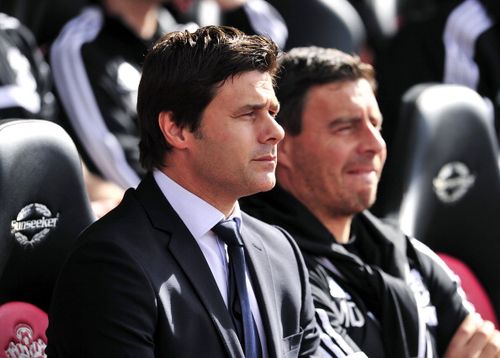
Yet, as has been proved in Southampton’s survival last term and the club’s climb to a Champions League berth seven games into the new term, another one of Cortese’s business gambles that have left aside emotion and sentimentality, has proved to be a great success.
A structure in their transfer strategy over the summer has played a big role in their recent resurgence, as Pochettino has chosen quality over quantity while refurbishing his young, and largely home-grown squad. Despite having finished the previous season at 14th, the Saints didn’t look to panic-buy and fill their squad with new members, but instead looked to improve on the resources that were already available, signing experienced figures even if at a slight premium.
Despite a war chest of over £30 million, there was no place for luxury players in Pochettino’s revolution, as the team instead was strengthened along its spine with a centre-half, a central midfielder and a striker. In came Dejan Lovren (£8.5 million), a defender with Champions League experience with Lyon, yet only 24 years of age, with 22-year old Victor Wanyama (£12.5 million) another major coup, given the fact that the Kenyan player was linked with the likes of Manchester United and Arsenal only last season, while playing for Celtic.
Having publicly criticised Cortese, Jason Puncheon, despite having a good season last time around, didn’t stand much of a chance of staying with the squad this season, and the manager swiftly moved for Italian international Pablo Osvaldo after Puncheon was sent on loan, with the ex-Roma man proving to be a reliable second striker behind Rickie Lambert in recent weeks.
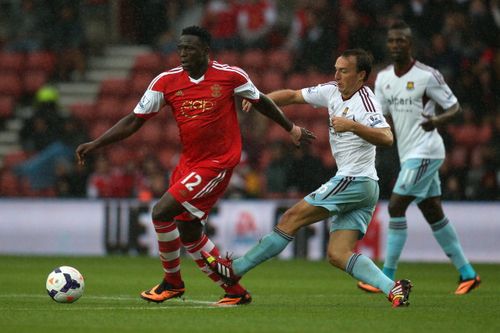
Pochettino, who in his playing career spent a lot of time under eccentric coach Marcelo Bielsa at Newell’s Old Boys and the Argentine national team, has adopted a number of tactics used by the latter, who he calls a ‘second father’, to a high degree of success at Southampton.
A high-pressing game reminiscent of each of Bielsa’s teams has allowed for the Saints to close down teams higher up the pitch, which in turn has resulted in their opposition showing a steep decline in their passing success rate as compared to their league average.
Bielsa’s verticality has also been on show at the new-look Saints this term, as the side, despite standing in fourth place in the league for overall possession percentages, have also hit an average of 59.1 long passes per game, the fourth-highest in the division. Instead of relying on the tiki-taka style of possession play, Southampton’s impressive ball retention numbers have stemmed from the fact that they have pressed the opposition early and have retrieved the ball high up the pitch, as well as release men in attack fast, thanks in no small part to target-man Rickie Lambert and the side’s willing runners on the flanks and in midfield.
Artur Boruc’s near-faultless season has helped as well, as the custodian who was without a club in the summer of 2012 has kept an impressive 5 clean sheets in 7 games, helped by a settled backline that have not let much through, and a strong central midfield pairing in Wanyama and Morgan Schneiderlin.
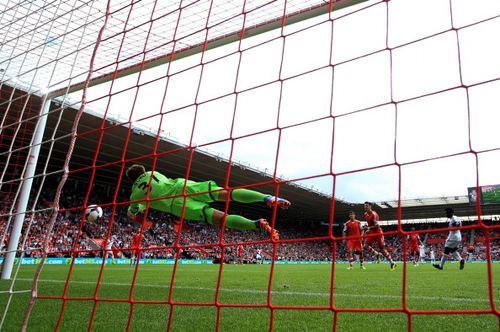
Cortese’s vision for Southampton, when signed on by the club in 2009, was quite fanciful, and was laughed off at the time. He wanted a club struggling to stay afloat in League One to reach the Premier League in five years, and vie for a European berth in the few seasons to follow, as well as build an academy that would be the very best in the country.
Till date, his strategies have been achieved well ahead of schedule, with the club even building a new state-of-the-art training complex. Cortese can argue with some justification that, thus far, his major decisions have eventually all been vindicated.
Hopes of starry nights in the Champions League, or even any European involvement at all, could be a step too far for now, but Southampton’s structure, sensibility and vision have shown the way ahead for every club striving to break the monopoly at the top.